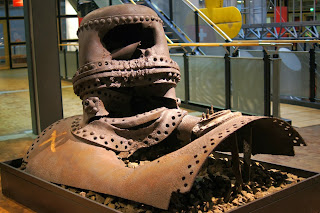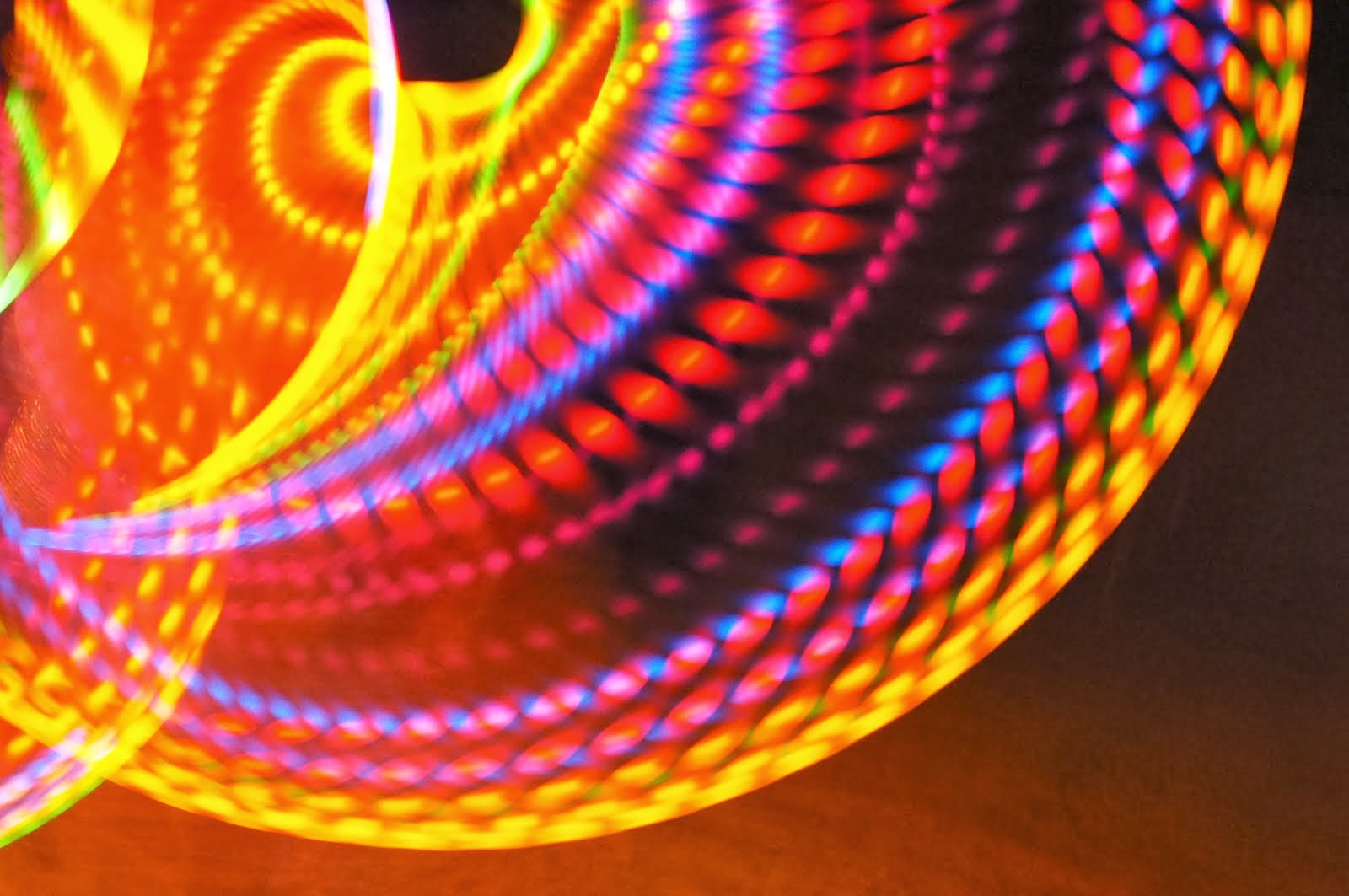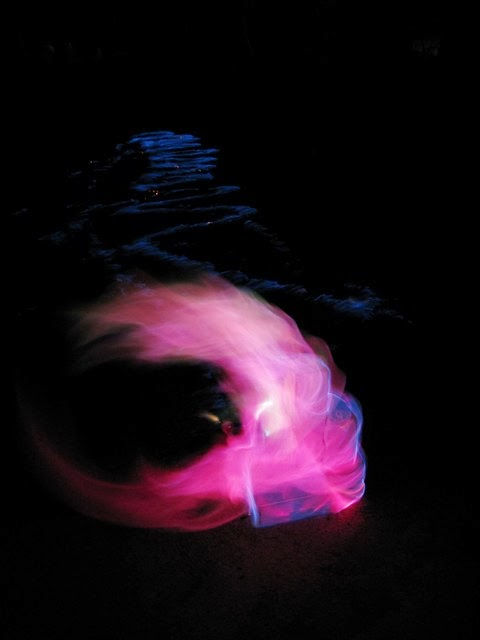With only two days left in the trip, it was just now that I was beginning to feel like a Berliner - you know, coated in thin sugary icing and harboring a lurid red dollop of pure raspberry jam suspended mysteriously in my spherical middle. John Kennedy forever sealed the celebrity of this German confection when a slip of his tongue resulted in identifying himself as a Berliner-of-the-doughnut-variety rather than a Berliner-of-the-inhabitant-of-Berlin variety. Still, a doughnut seems a fine metaphor to appropriate in discussing the airy layers of my growing urban sophistication.
Rather than giving that ridiculous line of musing any further weight, I decided instead to enjoy my Berliner with a nice hot cup of English Breakfast tea while mapping a plan of attack for visiting a variety of Berlin's weekend flea markets. I had dismissed all the remaining expectations of my agenda and cleared it entirely for the next two days so I could spend the time pawing through mounds of dirty old mysterious stuff. Stuff that had the power to explain history in ways not often possible in books or television or lecture halls.
Happily, I'd reached a level of competency with the public transportation system that allowed me to stop focusing so intently on the mechanics of getting places and instead lavish my attention on the everyday backdrop of the city. That's a good goal for almost any trip I go on - to transcend the logistics and immerse myself in being a denizen. I'm usually not a fan of the Disney version - I want to see how things really work.
And so for the next two days I alternated my time between trekking through the city and combing a wide variety of booths at flea oriented venues around town. The content was substantially different than what I'm used to in the U.S. and thinking back on it, I'm guessing a vacuum of consumer products must surely have developed during the WWI and WWII eras - every last resource in Germany was likely being used in the war efforts and I'm guessing the number of art deco tea sets produced went way down. I did end up finding a few things I wanted badly enough to buy and lug all the way home:
 *What seems to have served as a style or pattern book when elegant gentlemen arrived at the tailor seeking a custom suit. Every page has a different gentleman in a different coat. Very debonair!
*What seems to have served as a style or pattern book when elegant gentlemen arrived at the tailor seeking a custom suit. Every page has a different gentleman in a different coat. Very debonair! *Some old brass sign letters from the early part of the 20th century, all different interesting fonts. And the pièce de résistance..
*Some old brass sign letters from the early part of the 20th century, all different interesting fonts. And the pièce de résistance.. *6 early 60s Soviet space program promotional posters in perfect shape - astronauts and rockets aplenty! Even Valentina, the first woman in space!
*6 early 60s Soviet space program promotional posters in perfect shape - astronauts and rockets aplenty! Even Valentina, the first woman in space!
On the train ride to the large Mauer Flohmarkt, I passed a store window in the Mitte plastered with an enormous poster of Lou Reed with his dark liner-blackened eyes staring out from the cover of his early album, Transformer. Snap! Of course they would be mourning Lou Reed here - he did a lot of really important work during his Berlin years. I kept count the rest of the day and ended up with a total of 5 Lou Reed sightings. I also counted the number of times I heard someone remark to their companion..."ohhh - das ist Schade!" Which means, "Oh - that's a pity!" Total mentions: 3.
Sunday evening, I made an expedition out to the airport to check my huge heavy suitcase in advance, which I discovered earlier in the trip and am adopting as a strategy from here on out. It really works great if you can set aside the time to do it. After dropping off my bag, I rode the train back to Ostkreuz one last time and after disembarking, passed through my magical grungy portal into the bustling Freidrickshain neighborhood that I'd so enjoyed inhabiting for the last week. As I walked along, I was on the lookout for two, count 'em two, Mexican restaurants I'd spotted previously, practically right next door to one another. Time to have a farewell margarita-off in Berlin!

 Round 1: Matador Restaurant
Round 1: Matador RestaurantMargarita: Hand shaken (tiny ice flakes-yay!), slice of lemon (!), rimmed in table salt, nasty sweet and sour mix not at all in evidence.
Dish: Tortilla soup - creamy tomato bisque with white meat chicken bits, side of 2 flour tortillas.
Score: Not shabby and definitely not skimpy on the tequila. Compact.
 Round 2: Rancho Grande
Round 2: Rancho GrandeMargarita: Hand shaken, not overly sweet, lemon zest and table salt rim.
Dish: Elotes (Mexican street corn) Frozen and then grilled ear of corn with feta cheese crumbles and pats of parsley butter. Euro salad on the side.
Score: Meh on the rita. High overall points, however, for inclusion of modest salad and prodigious use of orange, throughout.
My return flights to the U.S. on Monday were much easier to bear than the 38 hour marathon I'd put in going over. After an uneventful flight from Berlin to the U.S. and a lengthy layover in Chicago, I was finally nearly home, home, there's no place like home. On our final approach, I looked out the window gazing on the familiar features of Austin with sodium vapor lit eyes of love. I actually recited the impossibly hokey words, "There's no place like home! There's no place like home!" to myself as we touched down at Bergstrom airport. It seems like every time I return home, I develop a firmer and firmer understanding of how much I love this place.
Mark and I both decided we were famished by the time the bag had appeared on the carousel and we had hauled all my crap through the maze of the parking garage. Waffle House was the obvious choice for so many reasons, but chief among them raisin toast, crispy hash browns and human character in abundance. Our waitress' name was Raxine (Pronounced Ray-seen) - and when queried on the subject explained that no, she was not in fact named after a city in Wisconsin, her moniker was a combination of both her parents first names - Ray and Maxine! I confessed to her I had an identical story (grandfather Shirley and grandmother Elnorie) and she seemed to like having company in the distinctive category we shared.
We left Waffle House with a satisfied rub of the belly, and as we were walking to our car I couldn't help but notice there was a group of four people headed our way, all of which were dressed va-va-va-VOOM! And by that, I mean like Marilyn Monroe in Gentlemen Prefer Blondes arriving with Fred Astaire in Funny Face! It was a young couple and most likely one pair of their parents by the look of it. They were all four laughing, and smiling and talking up a giddy storm. I was back in Texas, so I could finally holler at total strangers if I wanted to: "Y'all look FABULOUS!" I cried out. "You people are seriously stylin' at the Waffle House!" The young girl beamed and reported back, "We just got married!" The hubbub that erupted left a substantial opening for congratulations and one further observation, "I love y'all already because you'd pick Waffle House for your post nuptial feast. You are definitely my kind of folks." With a wry grin, the girl said, "Since this is where it all began, it only seems fitting that we should come here to celebrate. This is our place." All there was left to do was heap good wishes on the couple and leave them to their hash browns and coffee and fake eyelashes.
As soon as I got in the truck and slammed the door (yes, loudly, Bruce) I reminded myself, that's why there's no place like home. I hadn't been back in Austin for even an hour yet, and I'd already experienced its special magic. It comes often and quick here. But how wonderful to be able to travel the world and see skyfulls of dancing aurora, glistening fat pink orange ribbons of smoked salmon and artfully arranged surreal objects and then return home to my no place like home. Perfect.

















































